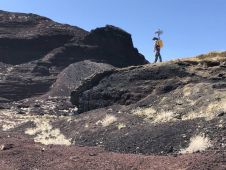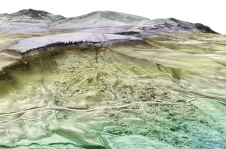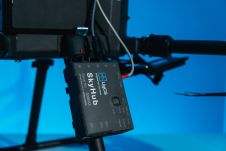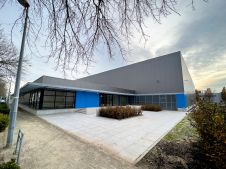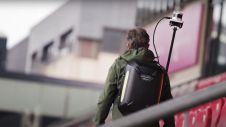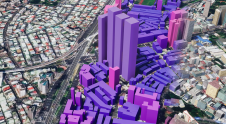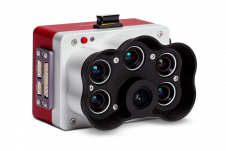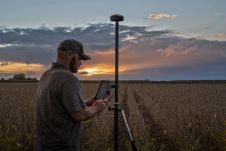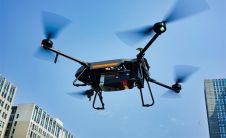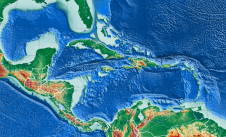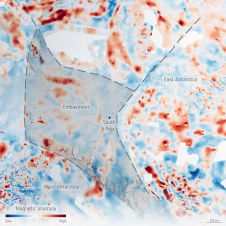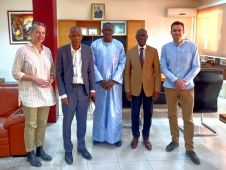基于激光雷达的调查方法的许多不同面孔
Thanks to sensor miniaturization, laser technology is available for surveying and mapping professionals in many different guises nowadays. This selection of articles highlights the diversity of Lidar as a flexible tool for capturing the environment. From backpacks to handheld scanners and from drones to helmets, this type of remote sensing technology can be mounted on almost any device imaginable, resulting in a wide variety of applications.
Capturing the Environment with a Lidar-equipped Helmet
The Dynamic Mapping Group at LIESMARS, Wuhan University in China, has designed and implemented a compact wearable mobile mapping system called the WHU-Helmet to explore the next generation of mobile laser scanning mapping.
With the development of UAVs and robotics, lightweight, low-cost and flexible mobile laser scanning systems are moving into the mainstream. However, UAV/robotics-based mobile laser scanning systems have limited capabilities in difficult environments (e.g. GNSS-denied areas and construction sites). The benefits of wearable mobile laser scanning systems include low cost, miniaturization, flexibility and the integration of wireless communication (e.g. 5G), which is why these systems represent the next generation mobile laser scanning. The Dynamic Mapping Group at LIESMARS, Wuhan University in China, led by Prof Bisheng Yang, has designed and implemented the WHU-Helmet – a compact wearable mobile mapping system – to explore the next generation of mobile laser scanning mapping.
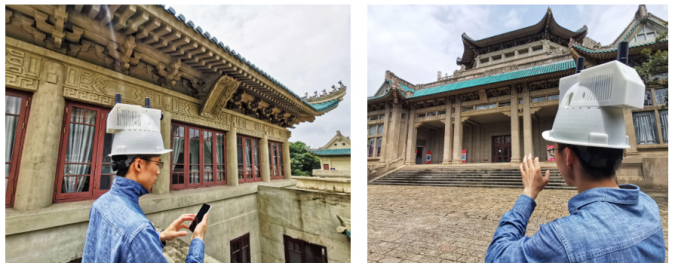
Lidar in a Backpack: Scanning a Whole Stadium in Just a Few Minutes
Startup Sonarski’s Lidar backpack has been used to digitally map Galgenwaard Stadium, home to the Dutch football club FC Utrecht. Read on for more details of this time-saving and convenient digital mapping solution.
As188金宝搏特邀读者知道,激光雷达技术使用激光脉冲to determine the distance to an object or surface. This method offers countless possibilities in geomatics as it enables the rapid creation of digital 3D models of large-scale structures – such as stadiums, as demonstrated in the Galgenwaard Stadium project. Work that would normally take weeks can now be completed in as little as five minutes; just one walk through the stadium results in a comprehensive digital representation of the surroundings in 3D, capturing detailed information efficiently and overlooking nothing.

Automated Mobile System for Mapping Mine Shafts
Read about this automated mobile laser scanning system developed for mining. It facilitates fast and precise measurements to produce a 3D model of the mine shaft for further analysis.
Mine shafts are governed by special rules, often difficult to access and known for their unfavourable conditions for measurements. A mine shaft is of strategic importance for the proper functioning of the mine in terms of air ventilation, transport of people and material extraction, for example. Therefore, not least for safety reasons, mine shafts require regular inspections and surveys. For this purpose, the company SKALA 3D has developed an automated mobile laser scanning system as a mining survey system (MSS) which facilitates fast and precise measurements. The result is a comprehensive 3D model of the mine shaft ready for further analysis.
便携式激光映射到Capture Historic Cave
A professor and undergraduate students from James Madison University have geospatially scanned the oldest show cave in the USA, Grand Caverns in Virginia, and digitally mapped the largest room in 3D for the very first time.
Open to the public since 1806, Grand Caverns has been a tourist attraction for more than two centuries. The show cave boasts geographic beauty, extensive nature trails in the surrounding area and forms part of Virginia’s rich history. 3D mapping the site marks the start of another chapter in the cavern’s future.
使用Geoslam的手持Zeb Horizon扫描仪,来自弗吉尼亚州哈里森堡的詹姆斯·麦迪逊大学(JMU)的地质和环境科学助理教授Angel A. Garcia Jr,带领一群学生创建了一张历史悠久的洞穴房间的数字地图。Zeb Horizon的收集率为每秒300,000点,精度高达6mm,范围100m的范围扫描数据的能力,在短短12分钟内捕获了整个洞穴系统的详细3D点云。
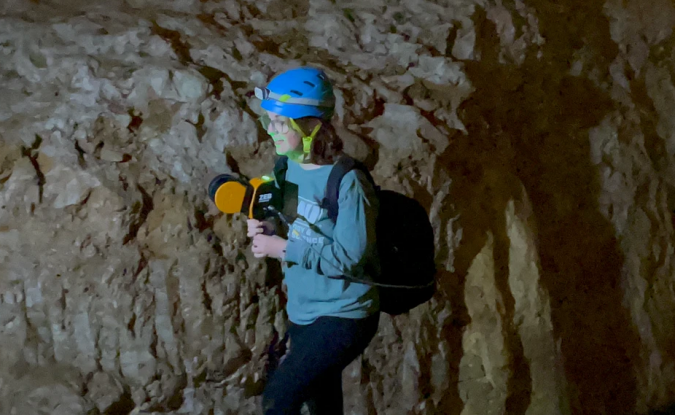
Using UAV-Lidar for Operational Forest Management
A case study from Routescene demonstrates the value of UAV-Lidar point cloud data for operational forest management. Traditionally, gathering metrics and information for forest management has been undertaken using airborne photogrammetry or by manually walking the site. More recently, airborne Lidar has been recognized as a useful tool and drone-derived Lidar data is now proving its significant worth to monitor and manage the health and value of a forest.
The project, performed across a 44,256-square-metre wooded site in Barnsley, UK, proved the advantages of using high-density UAV-Lidar data. The highly detailed dataset contained a total of 8,912,679 points enabling algorithms to be applied directly to the point cloud; this allowed the team to profile the site to individual tree level and extract pertinent metrics easily. In comparison, with lower-density datasets individual tree profiling is typically extracted indirectly in a two-step process and less accurately. Profiling to an individual tree level can be particularly useful in variable heterogeneous forest environments such as this site, to establish the structural complexity, its resilience and adaptability, to inform the management required.
Make your inbox more interesting.Add some geo.
Keep abreast of news, developments and technological advancement in the geomatics industry.
Sign up for free

